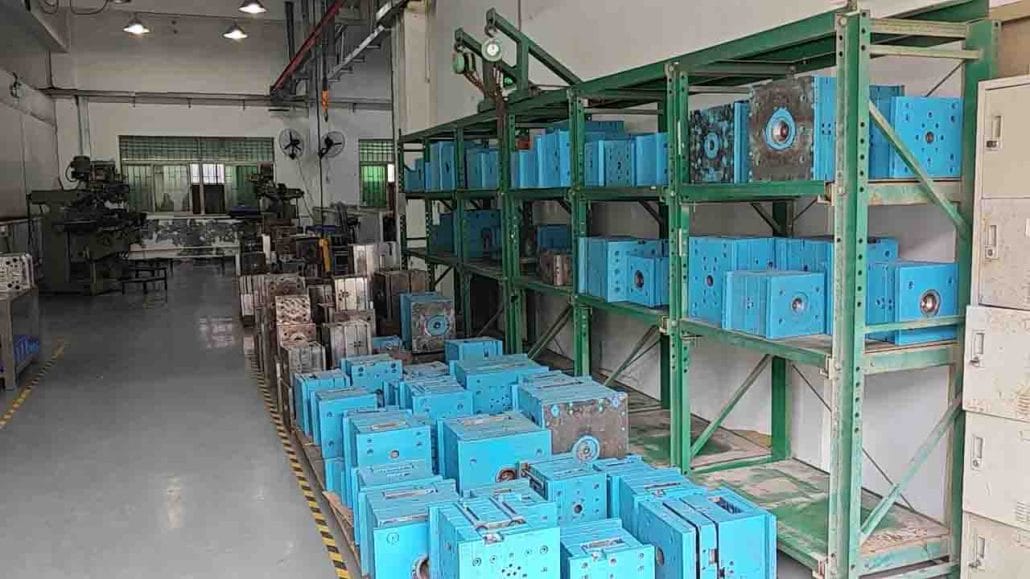If you’re involved in the manufacturing industry or simply have an interest in how things are made, you may have heard of plastic injection molding. This technology has revolutionized the way plastic products are manufactured and is used in a wide range of industries.
But how exactly does plastic injection molding work? In this comprehensive guide, we’ll take you through the five process steps of plastic injection molding, giving you a better understanding of how it all comes together.
Step 1: Material Selection
The first step in injection moulding is to select the right material for the job. The selection of material is important as it can affect the quality of the final product, the life span of the mould, and the cost of production. There are a wide variety of materials that can be used in injection moulding including thermoplastic materials such as polystyrene, polypropylene, and polyester, as well as thermosetting materials like epoxy resins.

Step 2: Melting
The second step in injection moulding is to melt the chosen material. This is typically done using a heated barrel and a screw, which pushes the molten material into the mould at a consistent rate. To ensure the high quality of the final product, the temperature, pressure, and speed must be carefully controlled during the melting process.
Step 3: Injection
Once the material is melted, it is injected into the mould using a reciprocating screw or a plunger. The molten material is injected through a nozzle into the mould, which is clamped shut, and it is held under pressure until it solidifies. The injection stage is crucial for the finished product quality, which depends on the injection speed, temperature, pressure, and the moulds’ geometry.
Step 4: Cooling
After injection, the mould is cooled to harden the material and remove any deformities or stresses that may have formed during the injection process. The temperature and speed of cooling are essential as excessive temperature and cooling speed may cause cracks in the final product, while slow cooling may result in the lower production rate.
Step 5: Ejection
The final stage is ejection, which is the removal of the final product from the mould. This is done using an ejection system which is attached to the mould. The ejector plate compresses the part with ejector pins, pushing it out of the mould. After the ejection, the finished product needs to cool down, and it will be inspected and transported.
Injection moulding is a complex and precise manufacturing process that, if done correctly, can produce top-quality parts and products. Its advantages include reduced waste, increased production rate, and versatility, among others. However, the Plastic Injection moulding process also requires skilled professionals and advanced tools and technology.

Why Choose Plastic Injection Molding
Plastic injection molding is a highly efficient and cost-effective method of manufacturing plastic products. It is capable of producing large quantities of parts quickly and with a high degree of precision and repeatability.
The process is also highly versatile, allowing for the manufacture of complex geometries and intricate designs with ease. And with the ability to use a wide range of plastic materials, the possibilities are virtually endless.
In conclusion, the five process steps of plastic injection molding are clamping, injection, cooling, ejection, and finishing. This process is a highly efficient and cost-effective method of manufacturing plastic products, with the ability to produce large quantities of parts quickly and with a high level of precision and repeatability.
So, if you’re looking for a technology that can help you reduce injection moulding costs, increase efficiency, and produce high-quality products, look no further than plastic injection molding.
In conclusion, understanding the 5 steps of injection moulding is essential for manufacturers and industry experts who want to achieve the highest quality standards. By selecting the right material, managing the melting, injecting, cooling, and ejection stages, even the most intricate parts may be produced cost-effectively. If you have any queries or need assistance with your injection moulding project, please reach out to us and obtain professional consultation.

